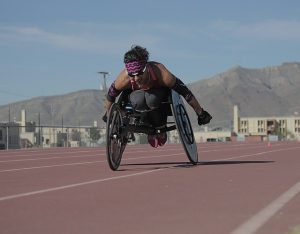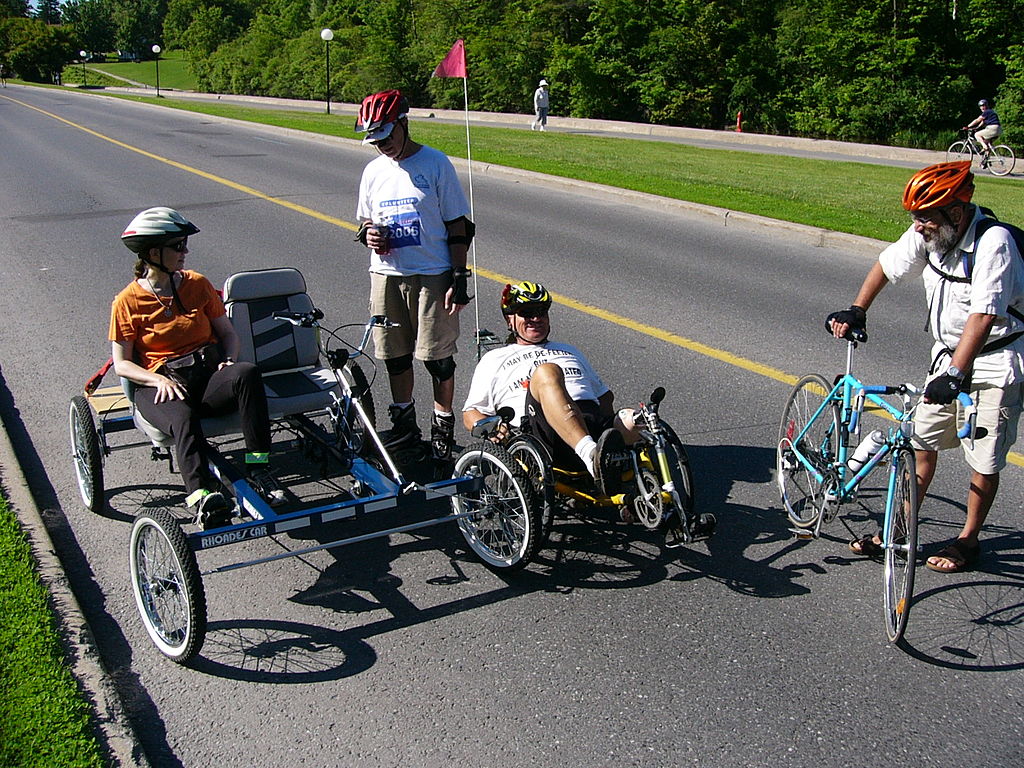They say that once you learn to ride a bike, you can never forget it. However, for certain people, learning to ride a bicycle in the first place is very difficult, and some don’t even have the ability to ride a traditional bike at all.
This is where inclusive cycling comes in. It allows people with physical disabilities to enjoy the thrill of riding a bike. In this article, we will talk about what inclusive cycling is, who it is for, and what types of vehicles are out there on the market.
What Is Inclusive Cycling?
In broad terms, inclusive cycling is a way to ride a bike more easily. It uses adaptive vehicles to help those who find it difficult to balance on a classic two-wheeler or have some sort of physical disability.
Apart from being a good way to move around town, inclusive bicycles are really exciting to ride. It is just a great way for everybody to have fun.
Who Can Use Adaptive Bicycles?

While inclusive cycling is meant for those who have some physical disabilities, the truth is that everybody can enjoy them, as they are fun, regardless of your condition.
Nevertheless, inclusive cycling is an ideal solution for those who don’t have great coordination abilities, like people suffering from dyspraxia, for example. It’s also a good way for somebody who has recently had a stroke to get some light and easy physical exercise. There are even some bikes that are designed for handicapped people and people who can not use their legs.
Adaptive bikes are just a perfect alternative for those who have any sort of disability that makes riding a regular bike very difficult or impossible.
Inclusive Cycling Options
There are many different types of adaptive bikes you can buy. Tricycles are very popular, and they have three wheels and come with footplates and stabilizers which make them almost impossible to fall off of.
Tandem bikes can be used by people with vision impairments. They are great if you need a dedicated assistant to drive it with you.

Handycycles are the best option for handicapped people who can’t use their legs. The pedals are operated by hands instead, both for steering and for power. Apart from being specifically designed for handicapped riders, handycycles are great for building upper body strength. They can have three or sometimes four wheels attached to them.
Wheelchair bikes are for those who do not wish or might not have the confidence to ride the bike alone. Instead, the wheelchair is added to the front of the bike while another person steers the wheel in the back.
Depending on the type and the brand of the vehicle, these adaptive cycles usually cost between $600 and $8000.
Conclusion
Inclusive cycling proves that anything is possible. Although cycling is seen as an activity for physically fit and healthy people, engineers have worked hard to make all sorts of adaptations and make these vehicles accessible to almost everybody.
We hope that this article helped you better understand the world of inclusive cycling. If you suffer from some sort of a physical disability or want to help a friend or a family member, feel free to leave a comment with all your questions.

